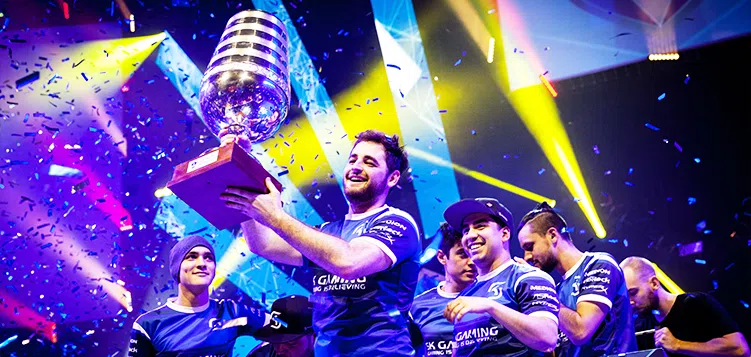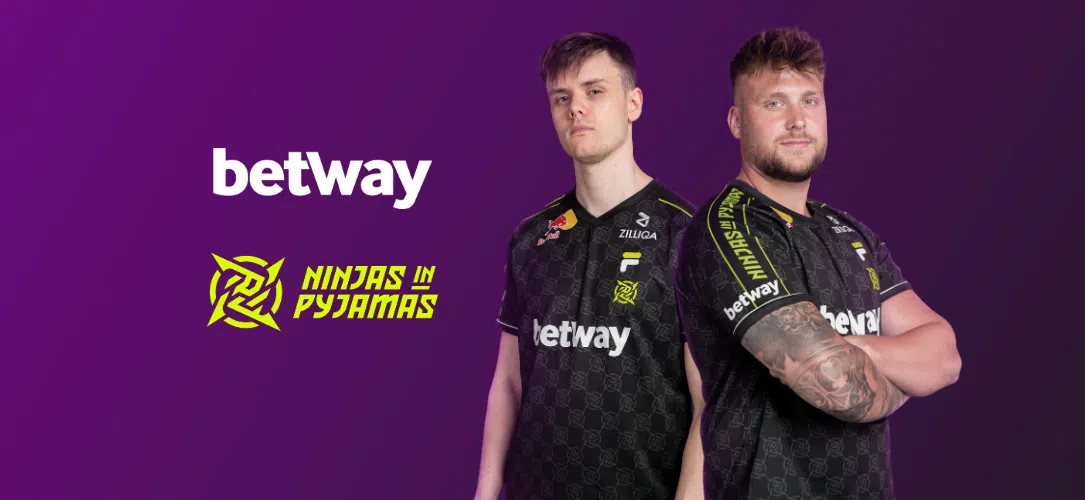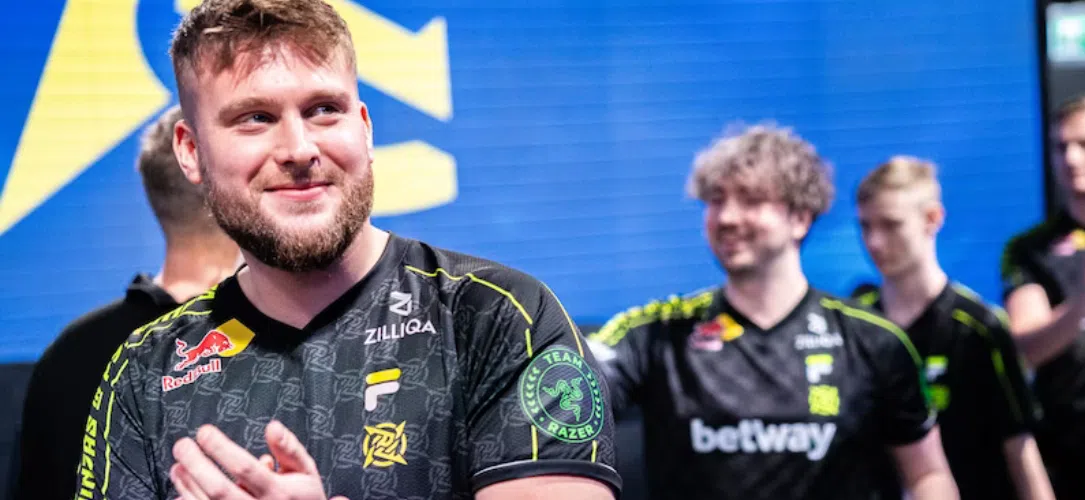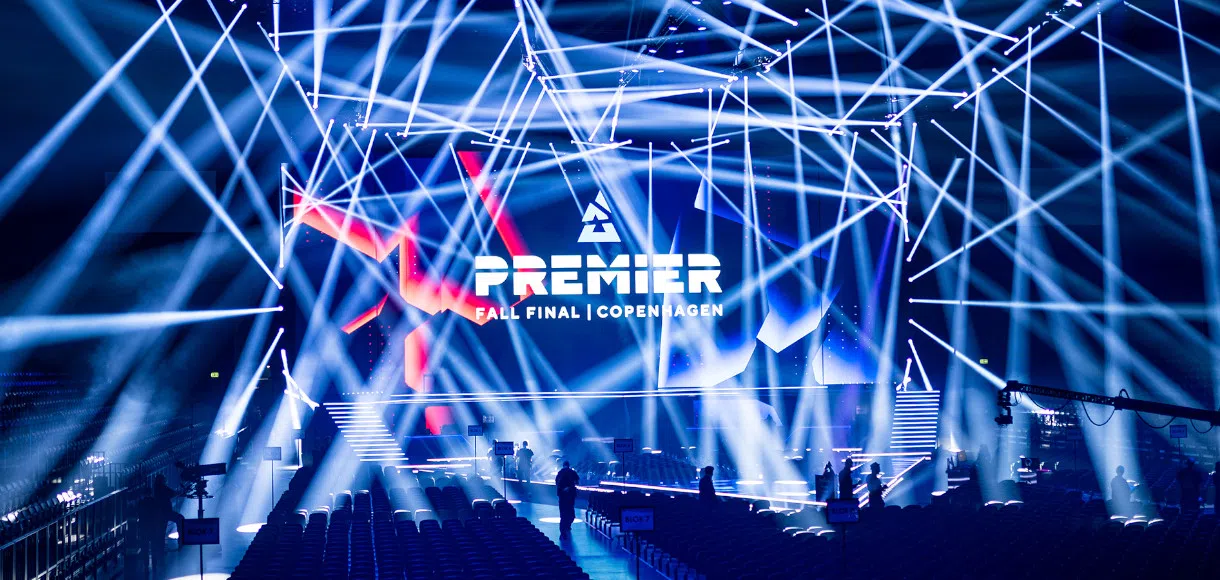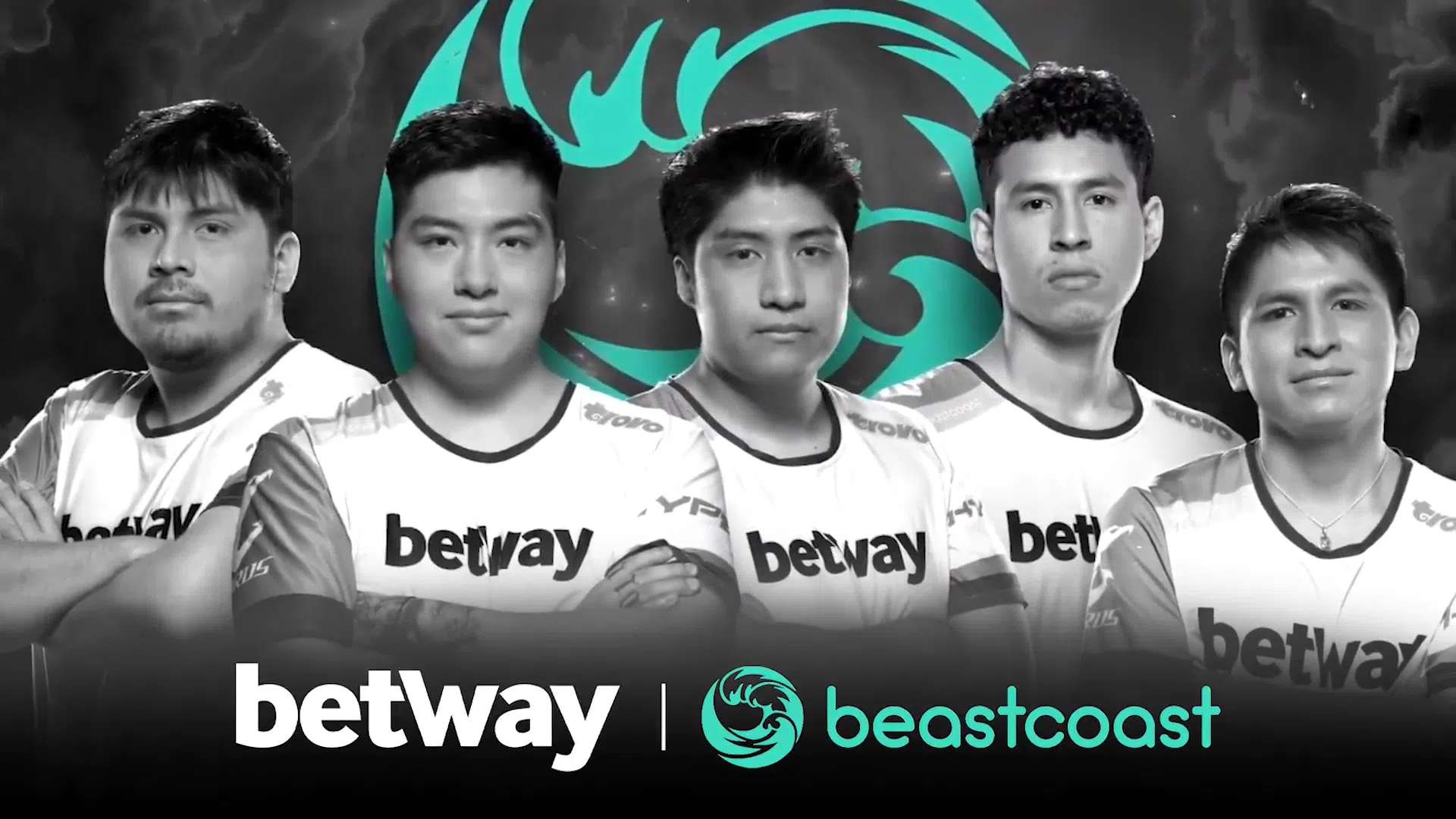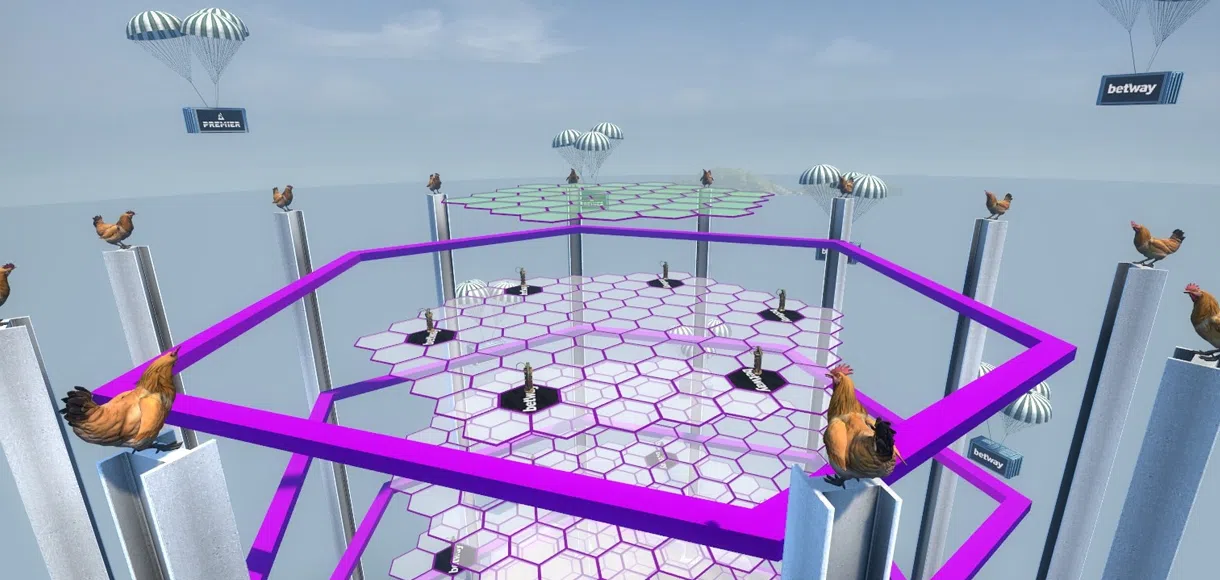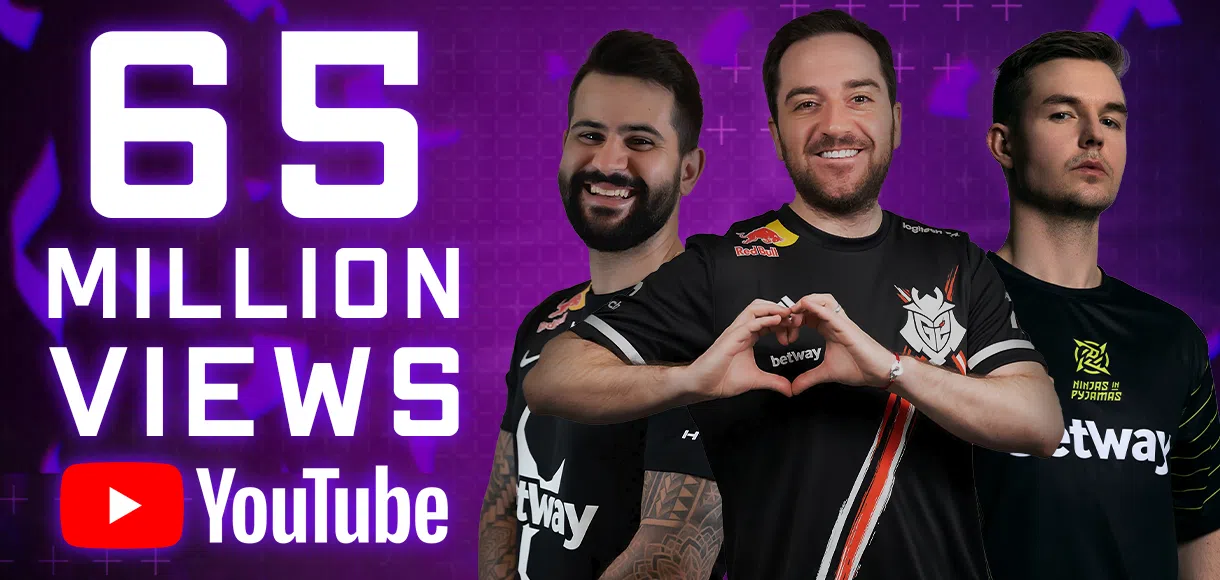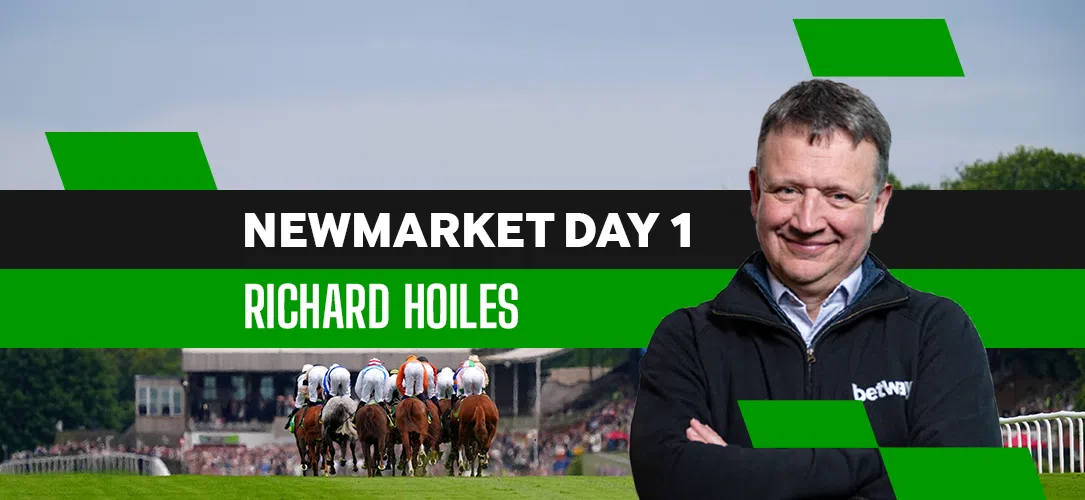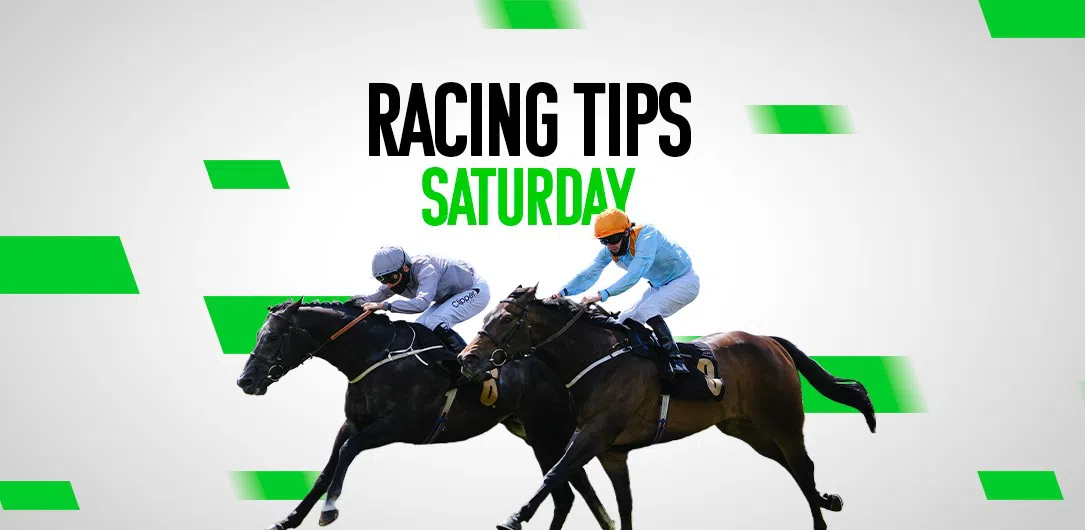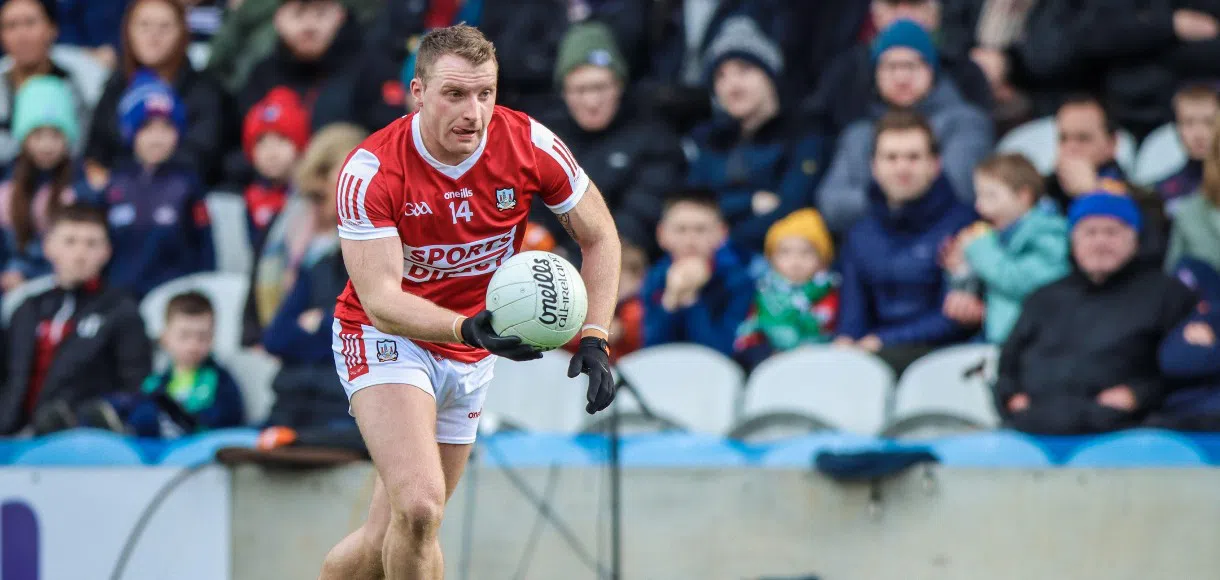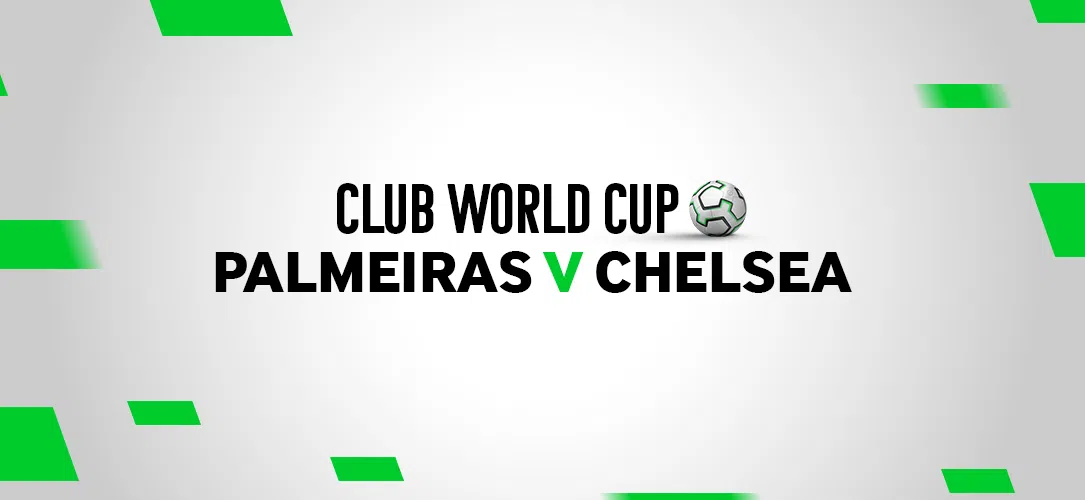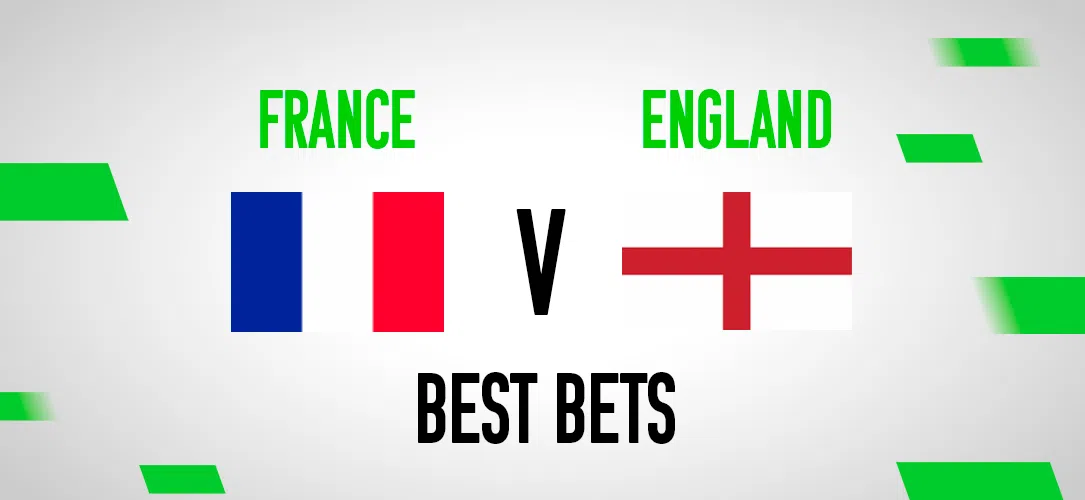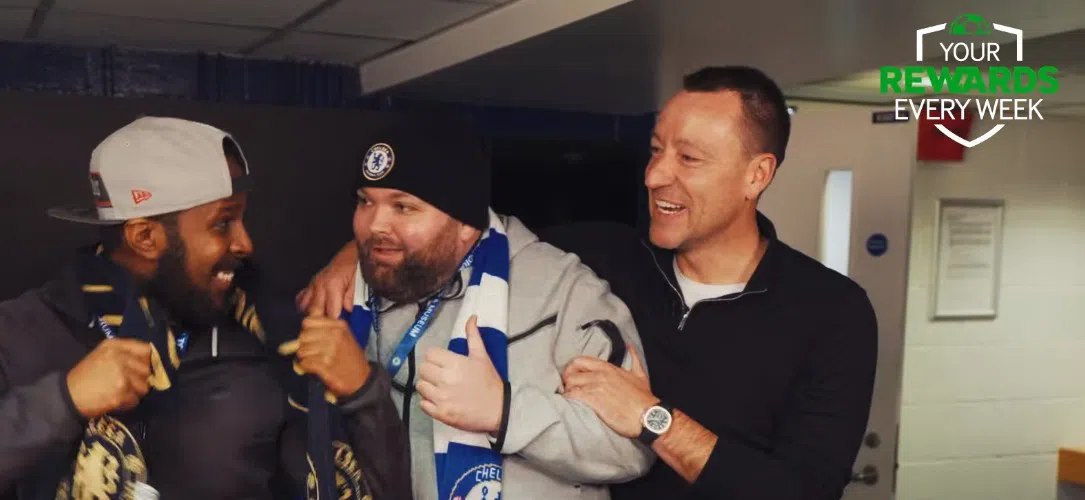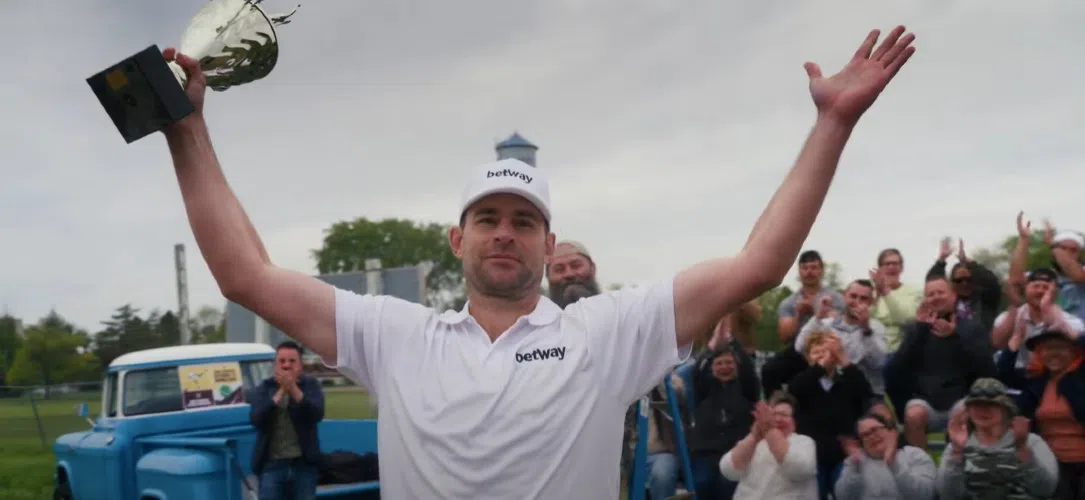It takes more than individual skill to be a tournament-winning CS:GO team, as 1.6 legend HeatoN explains…
It’s a team game
First things first, having five skilled players is crucial but they need to perform different roles as having a team full of entry fraggers will end horribly.
This being said, often players nowadays are capable of performing multiple roles. A great example of this is Shox who in the past has entry fragged, lurked and been an in-game leader.
Finding the right mixture is hard but as a general rule of thumb you should have a dedicated AWPer, in-game leader, support and entry fragger.
Once you’ve created your line-up you will need to carefully consider who defends different bombsites, which player will act as the rotator, and who’ll be the anchor.
Learn your way around
A deep map pool is vital to success.
If you look at the best performing teams right now such as SK, VP, and NiP, they’re all capable of playing a variety of maps.
Being strong on a wide range on maps will mean you have the upper hand in the veto process.
Also there’s no need to worry about your opponent banning a your favourite map and having to play on a map you’re less comfortable on.
Likewise you’ll have the luxury of banning opponent’s best map even if it’s a map you like to play as well.
Easier said than done
Without proper communication it is impossible to become a great team.
I’m not just talking about the basics i.e. calling out where an opponent is or how manage damage you’ve done.
Letting teammates know what utility you have and what you’re able to do to assist taking sites mid-round is equally important.
Once you’ve taken the site and planted the bomb you’ll need to communicate and call who has first contact, when to peek the opponent, whether you’ve been smoked off, and to establish crossfires.
When defending any site as CT, instead of calling ‘Everybody A’ for example, try to a specific number or if you’re unsure call at least three A.
That way your teammates will be aware of any opponents trying to flank and won’t get caught out.
For us at NiP when we start to lose our communication gets worse and because our communication is worse we play even worse, it’s a downward spiral.
Even if you’re not having the best game individually, try to focus on having good communication and you’ll help your team play well.
Always have a backup plan
Even at a top level we see teams committing to a strategy despite being in a bad situation to execute it.
For example if you’re rushing B on the terrorist side of Dust 2 and the opposing team throws a moltov at the entrance you need to have a ‘what if’ to counter it.
In this case you have three options.
First being run through the molotov and getting killed in the process. Second cancel the rush, go back and retake map control. Lastly throw a smoke into the fire and continue pushing.
If there is no fail safe in place you’re more than likely going to lose the round as people will be caught in two minds, with some players running through the molotov and others backing off.
To avoid this potentially round losing problem, you have to be adaptable and someone needs to make calls on the fly.
Practice practice practice
Watching demos will allow you to learn from your mistakes and help you understand what you could have done better to win the round.
Not only this, demos show you what a professional player would do in a variety of situations and how pro teams react to sound queues or going a man down.
Having a default CT and T round will also give you a good base to work from.
A default round is a set-up that you can use to gain map control that give you multiple attacking options – such as taking mid control on Mirage as Terrorists.
When your default round isn’t working or you know your opponents tendencies you can decide to use an execute or fake to counter them.
You must dry run these tactics on an empty server to ensure all your smokes, flashes and molotovs are on point.
A lot of tactics come back to communication.
Your in-game leader can’t focus on everything so telling him what the opposition does will give him a better idea of what strategy to run.

